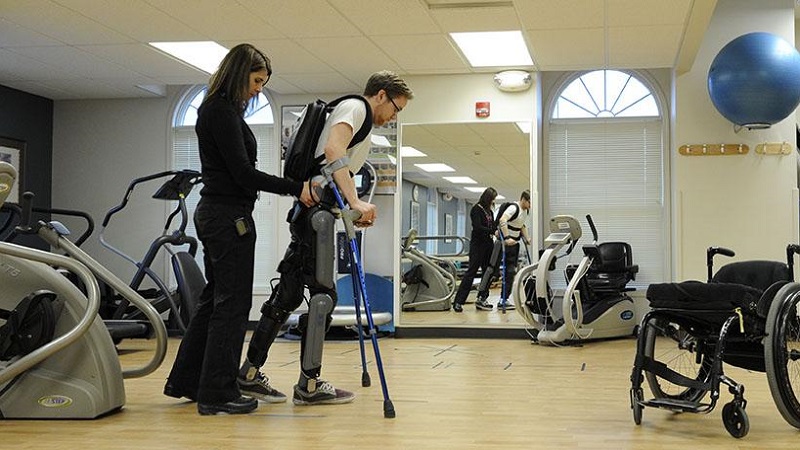
The CYBER Team, or Cyber-Physical Design and Additive Manufacturing of Custom Orthoses, is funded by America Makes, the national accelerator for 3D printing and additive manufacturing based in Youngstown, Ohio, and was formed in 2016 by Stratasys, the University of Michigan, and Altair Engineering, aiming at Orthotic needs for Veterans. The CYBER Team is working on project, with a total budget of $2 million to combine cloud-based designs and Stratasys’ FDM technology to reduce orthotic outpatient visits from three to one by developing 3D printing-specific functionality, built on optimization software package Altair OptiStruct and OptiStruct for digitalization.